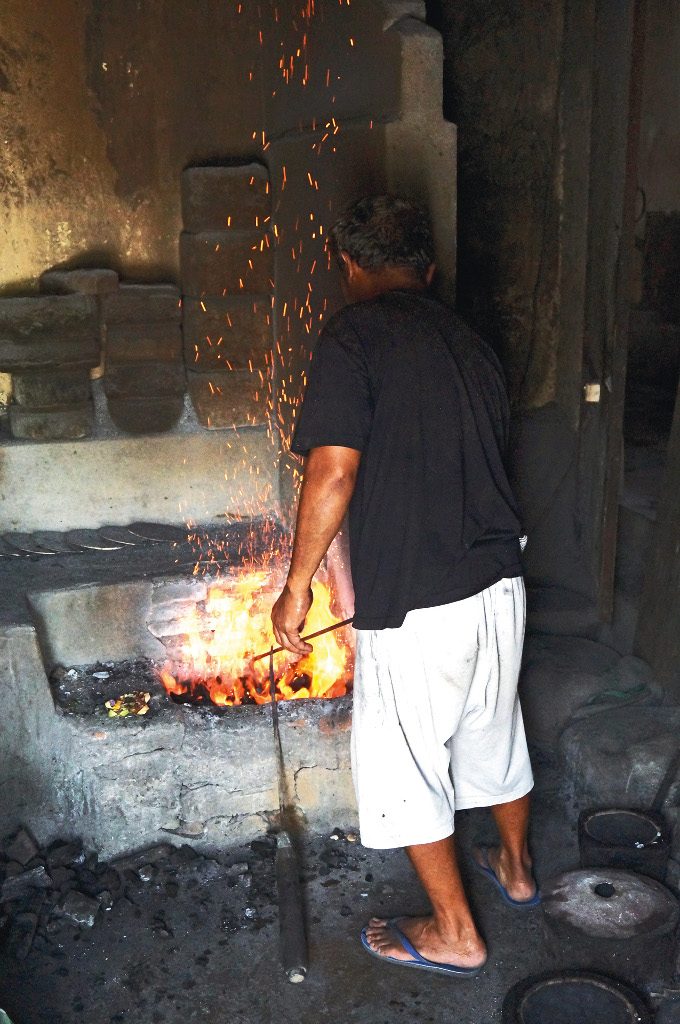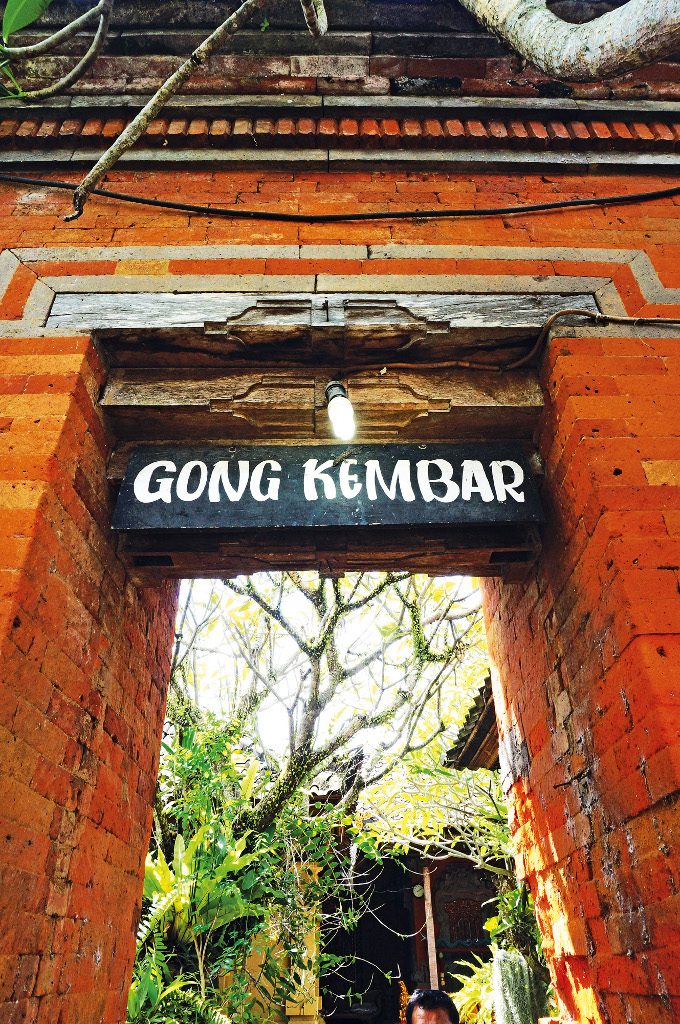Tihingan is where the music on the island comes from, a rare gem even in the artsy, culturally rich Bali.
Indeed, the traditional Gamelan orchestra is one of Bali’s unique characteristics. From a simple celebration on the island’s rural villages to grand temple ceremonies, the orchestra is always played as an integral part of the festivity. With that being said, of all the villages throughout Bali, only a handful of villagers make a living out of crafting the traditional music instruments; and Tihingan in the Klungkung regency is one of the few.
Klungkung bears an important part in the history and culture of Bali, so it is strange to learn that this place is far quieter than crowded Kuta and/or Ubud; especially because around 700 years ago, in the 1300s, Klungkung was the home base of the ruler of the island. That means, this region is home to many historical objects and places for anyone on the island to see.
Today, Klungkung is mostly known for its Taman Gili Kerta Gosa (Hall of Justice), a historical site located in the heart of Semarapura, the regency’s capital. This court hall is built in the middle of a pond and is particularly known for its magnificent ceiling paintings. The whole Kerta Gosa complex is admittedly a feast for the eyes, making it one of the few places in the whole Klungkung area that receives a good number of visitors from outside the regency. Yet, only a ten-minute drive from Kerta Gosa, Tihingan village is bustling with life, with its residents busy maintaining their humble lifestyle by making the Gamelan musical instruments.
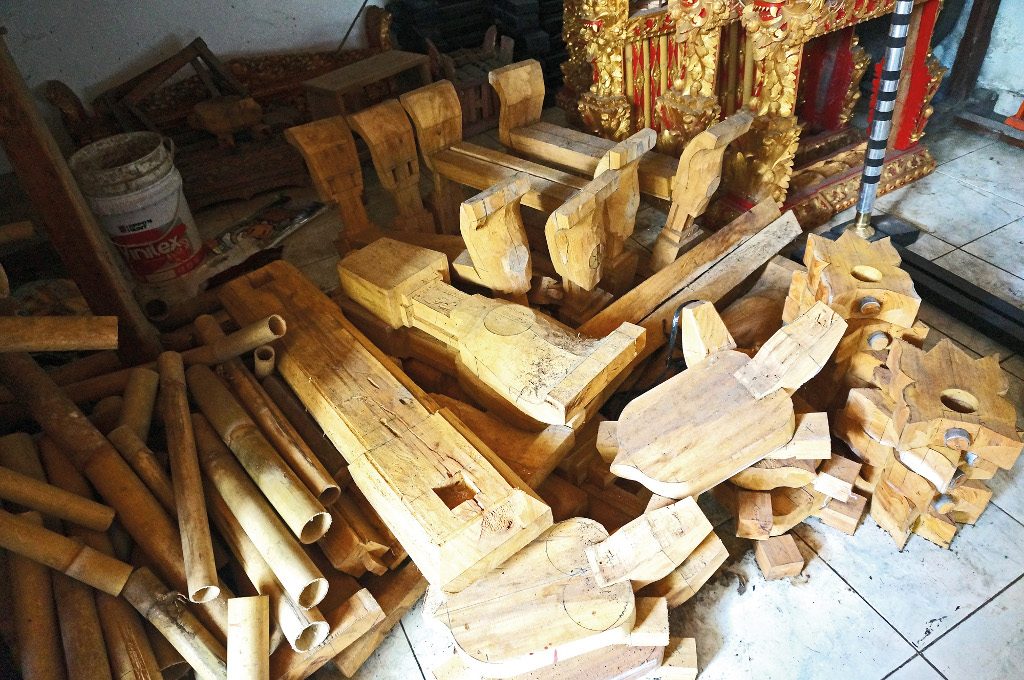
The Balinese, as many of us know, are true artisans by nature. From carving, sculpting, painting and building, the skills that are passed down the generations are valued components of their heritage. The villagers of Tihingan, as an example, are skilful craftsmen, having been making the traditional Balinese music instruments for centuries now.
In Tihingan the Gamelan production takes place in the villagers’ home workshops, done by both regular craftsmen and specialised experts (or known as Pande Gong) to set the tones of each of the instruments. A Pande Gong is an experienced music instrument craftsman, and almost all of the traditional music instruments found in Bali are made by a Pande Gong.
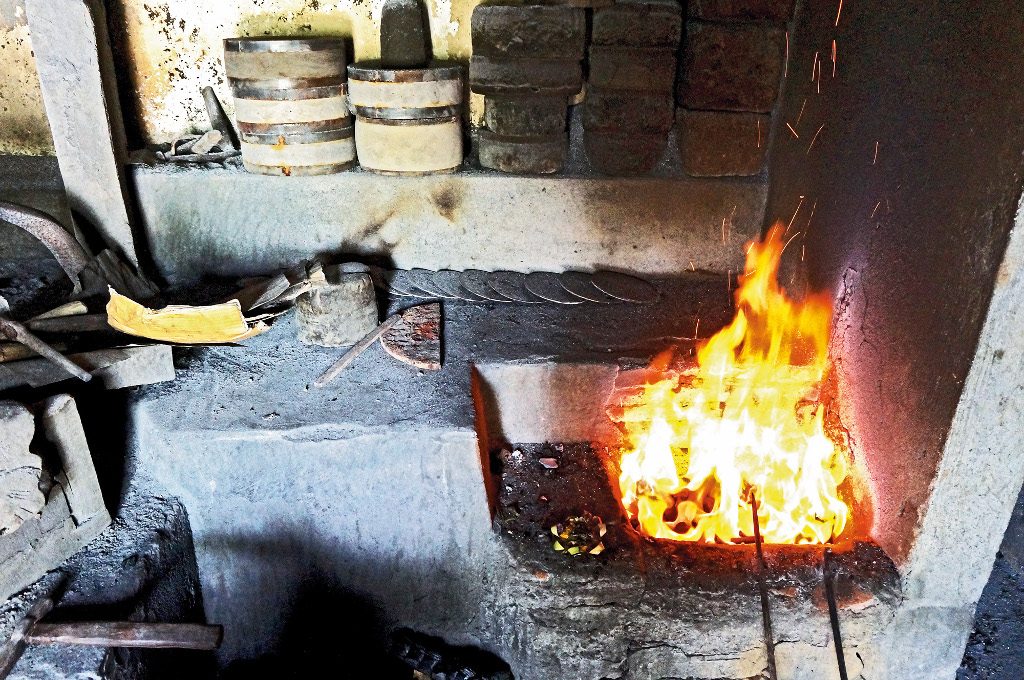
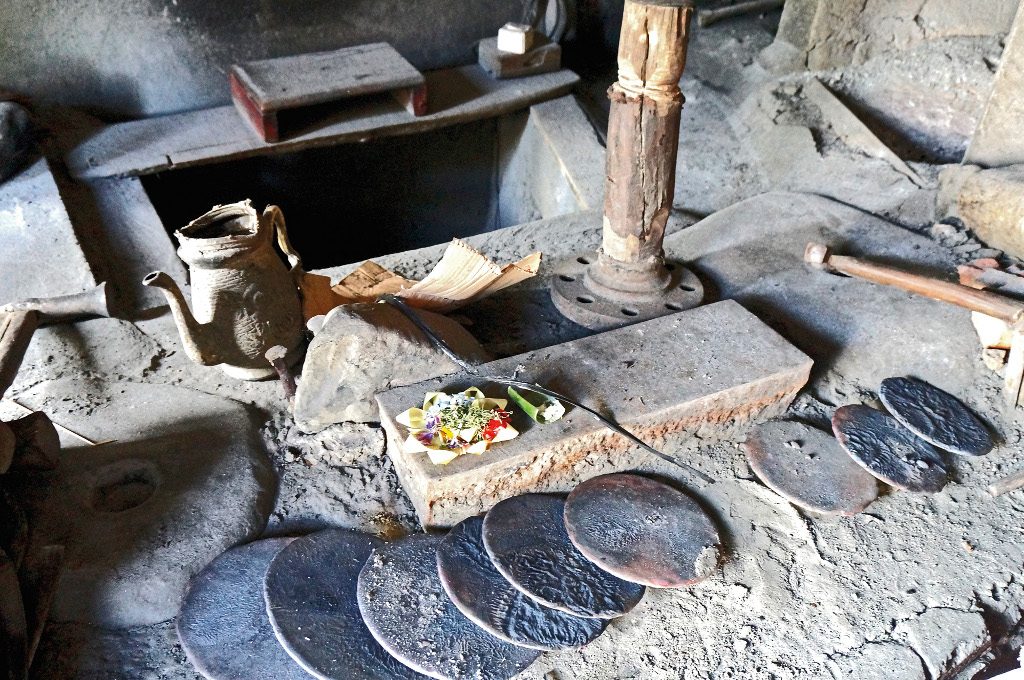
Every home workshop in Tihingan is open for visitors to visit, such as the Gong Kembar workshop, owned by I Wayan Sumandi (phone +62 812 394 8476). Here you can observe the craftsmen working wood and metal, shaping the raw materials and crafting them into the final instruments before being shipped to other areas in Bali and even overseas. It could take around three months to craft a complete set of Gamelan, which normally consists of Jegogan, Jublag, Pemada, Kantil, Reong, Tawa-tawa, and Kempur.
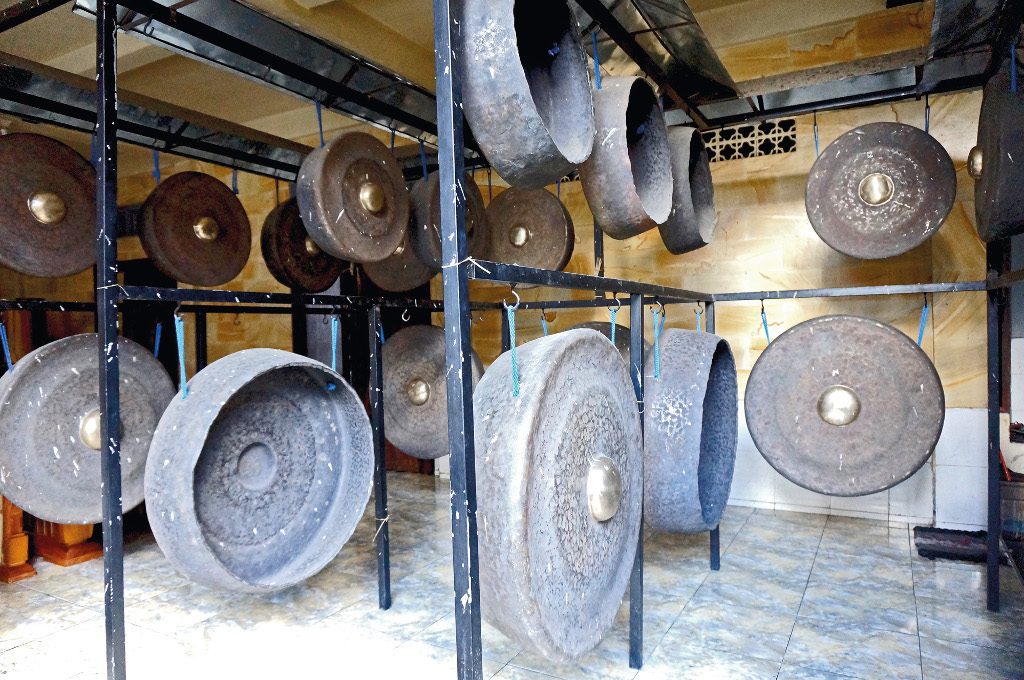
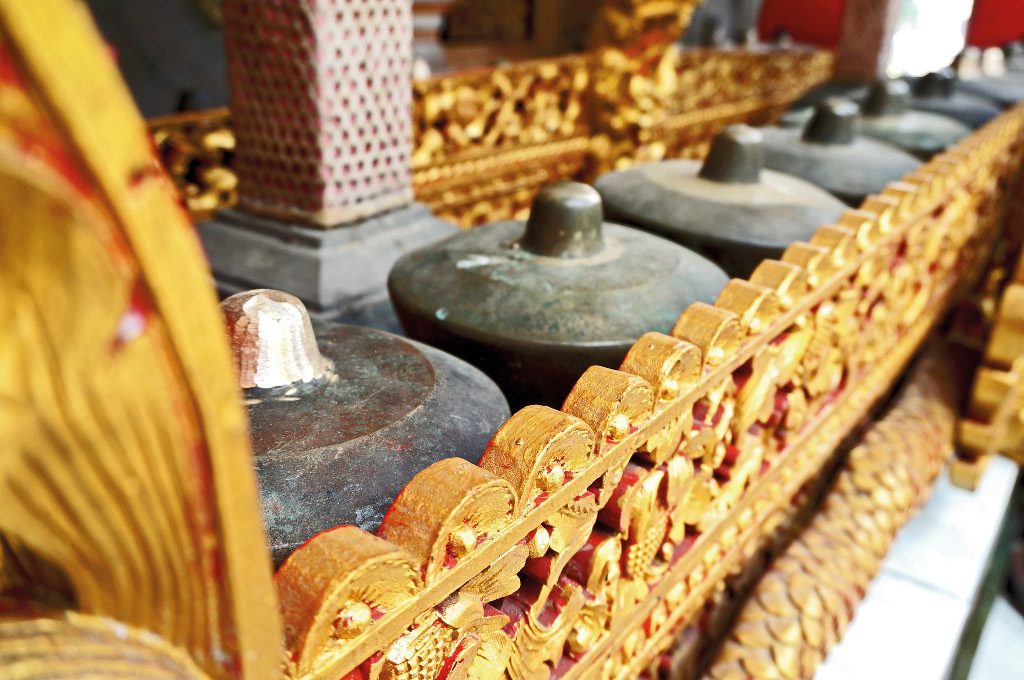
Tihingan is located about three kilometres west of downtown Semarapura. If you’re coming from Kerta Gosa direction, go straight at the intersection with the statue of Goddess Saraswati. Being so near from Semarapura’s main attraction, it’s odd to learn that, given music is an important part in the life on the island, Tihingan as a music instrument craftsmen village is not listed on Bali’s tourism map – especially since visitors can have a glimpse of the ‘real Bali’ here.
And since Tihingan is located on a ‘road less travelled’, there are no hawkers and souvenir shops here. If you’re coming with a car, you can park by the roadside, for there’s no dedicated parking area – and no public toilet.

